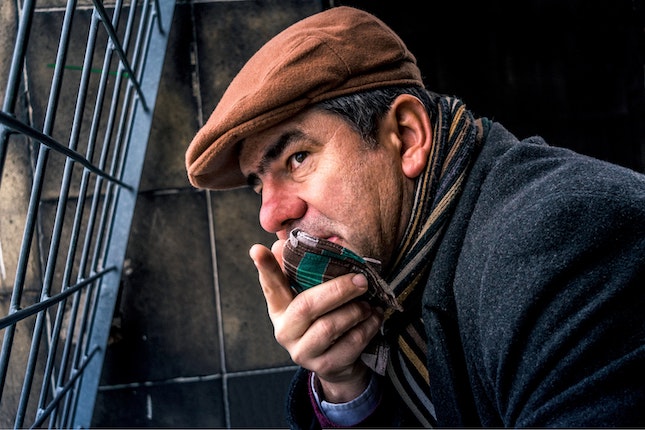The Magic of Story
Don’t Forget to Tell A Story Mystery readers love a good story. So when you are constructing your mystery, hiding clues, planting red herrings, or making a suspect look suspicious don’t forget the story comes first. The strongest stories have well-developed themes, engaging plots, suitable structure, memorable characters, well-chosen settings, and attractive style. For best…



